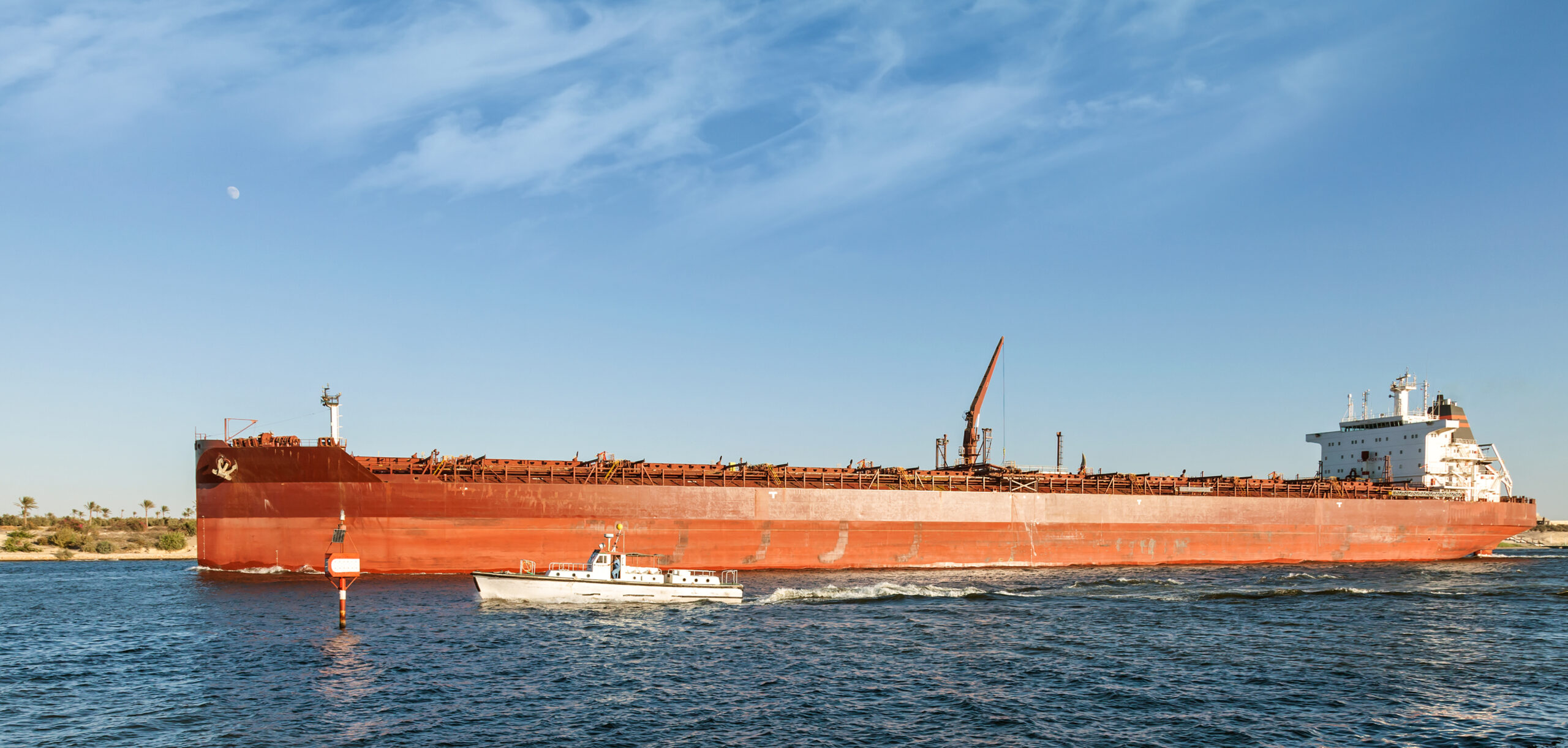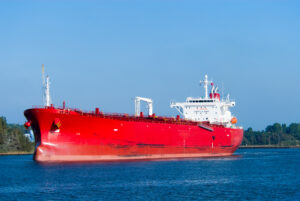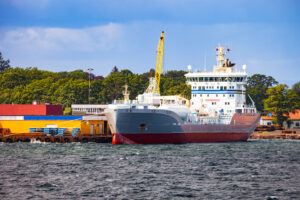The shipping industry’s pledge to limit its carbon footprint may suffer a setback as the current Red Sea crisis prompts it to use more vessels and take longer routes to ensure the smooth sailing of global maritime trade.
The disruption has raised doubts about the sector’s ability to stay on track to reduce emissions and now the maritime industry, responsible for transporting more than 80% of international trade volume, faces a daunting challenge in its quest to decarbonize the global fleet.
The conflict in the Red Sea has brought massive carbon emissions increases in ocean freight container shipping, according to data released by Oslo’s Xeneta, the ocean and air freight rate benchmarking platform.
A report released from Xeneta also reveals that disruption in the Red Sea has pushed some shippers into using air freight to protect supply chains.
The Xeneta and Marine Benchmark Carbon Emissions Index (CEI), which measures carbon emissions per ton of cargo transported across the world’s top 13 trades, reached 107.4 points in the first quarter of 2024, which is the highest it has been since the index began in the first quarter of 2018.
For containers being shipped via ocean from the Far East to Mediterranean, the CEI reveals carbon emissions increased by 63% in the first quarter of 2024 compared to the fourth quarter of 2023. From the Far East into North Europe, carbon emissions increased by 23%.
This is a direct result of conflict in the Red Sea region, which escalated in December and has seen most ocean freight container services avoid the Suez Canal due to the threat of attack by Houthi militia, the report said.
Emily Stausbøll, Xeneta Market Analyst, noted: “We are all aware of the human and economic cost of war, but this data demonstrates there is also price to pay for the climate.
“Containers being shipped to the Mediterranean from the Far East travelled 9,400 nautical miles on average in Q4 2023 before the escalation in the Red Sea. They are now sailing an additional 5,800 nautical miles due to diversions around the Cape of Good Hope in Africa, with the inevitable consequence of more fuel being burned.
Speeding Up
“Ships are also being sailed at higher speeds in an attempt to make up time due to the longer distances, which again results in more carbon being burned.”
With the largest ocean freight carriers still choosing to avoid the Red Sea, cargo from the Far East is now arriving via ocean at ports such as Jebel Ali in the Arabian Gulf before being flown out of Dubai Airport for onward transportation to Europe and North America.
As a result, air cargo demand from Dubai Airport to European destinations increased by 190% in March compared to the same month in 2023.
Xeneta’s market analyst Stausbøll says that shippers are also now once again using rail services through Russia to transport goods from the Far East to Europe, which similarly to air freight, is more carbon intensive than ocean freight shipping.
The deterioration of carbon emissions performance comes at a time when the International Maritime Organization (IMO) is working towards net zero in global ocean freight shipping by or around 2050.
2024 has also seen the introduction of EU-ETS regulations which require ocean freight service providers to pay a subsidy based on the amount of carbon emitted on sailings to and from European ports.
“Longer sailing distances will also see an increase in the cost of ocean freight shipping. As well as needing more fuel to sail around Africa, higher CO2 emissions will result in a higher EU ETS bill for ocean freight carriers.
“Carriers will do what they can to pass these costs on to the businesses shipping the goods, whether that is through increasing ocean freight shipping rates or additional surcharges – either way there is a financial price to pay,” added Emily Stausbøll.



